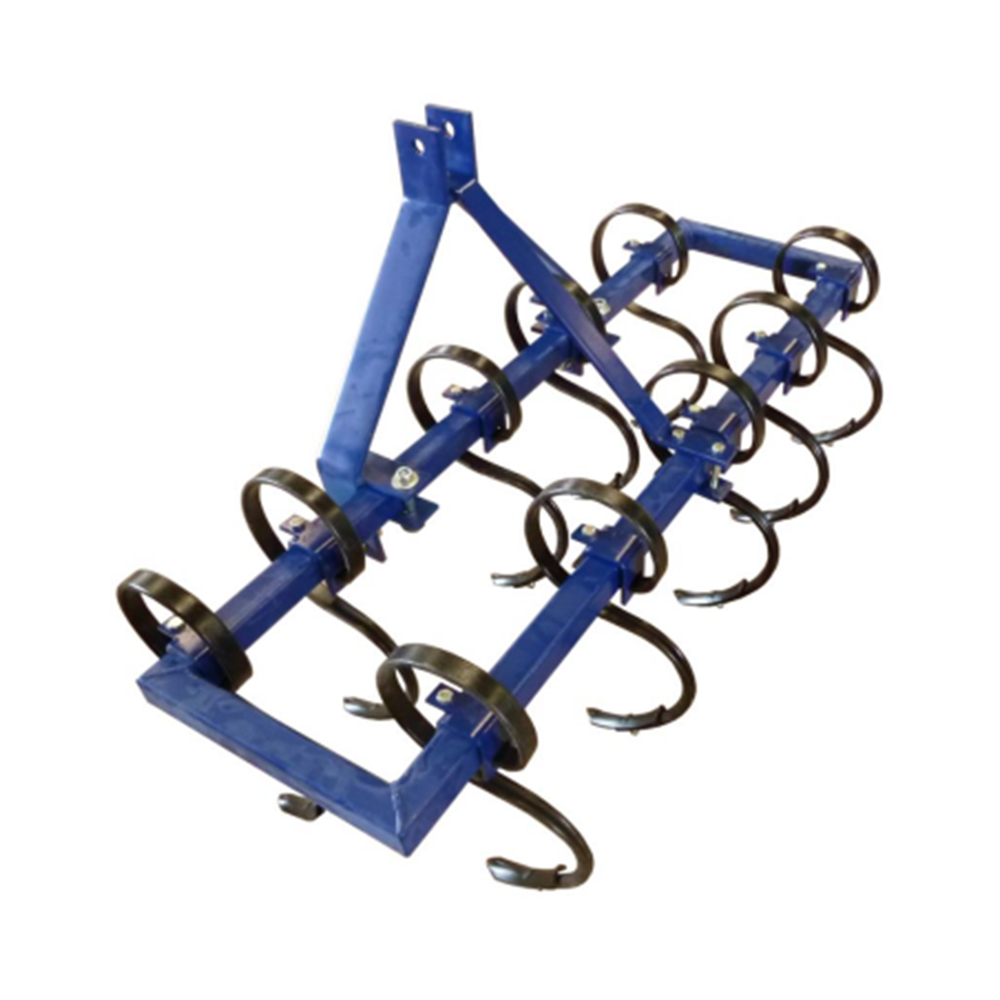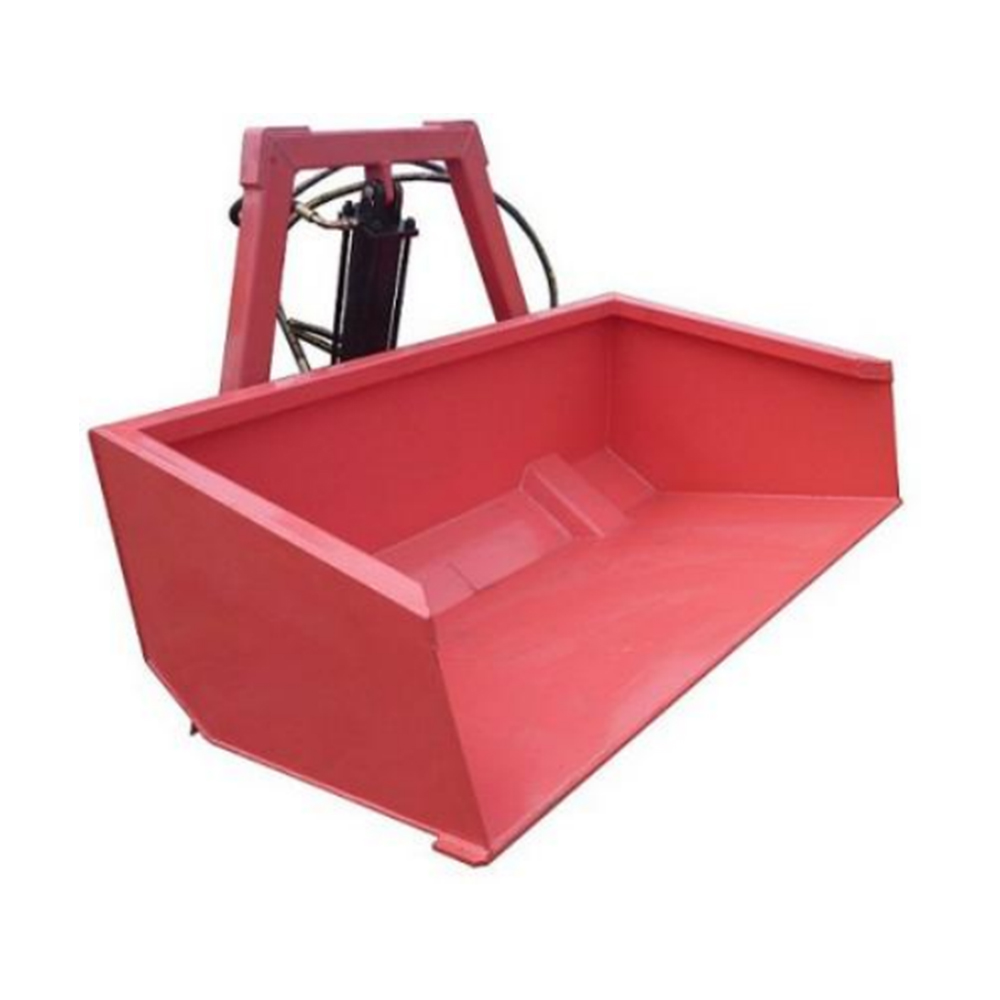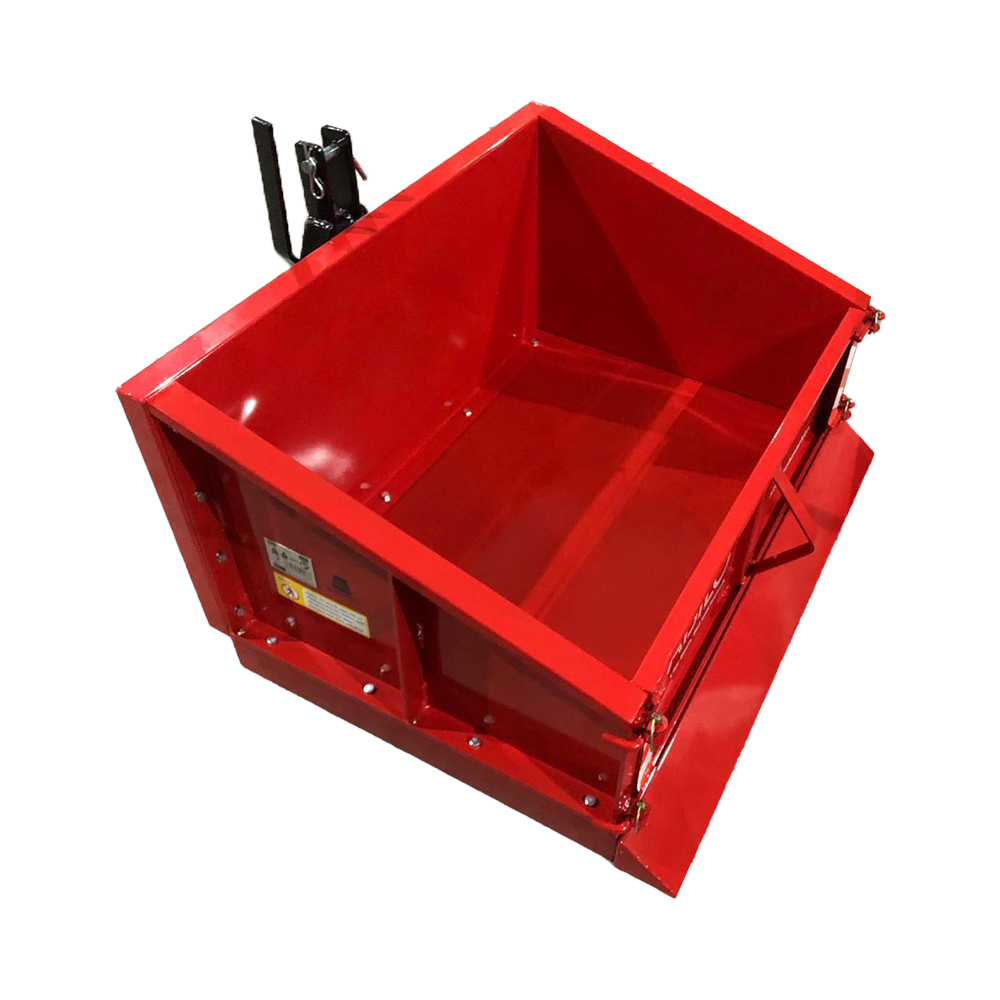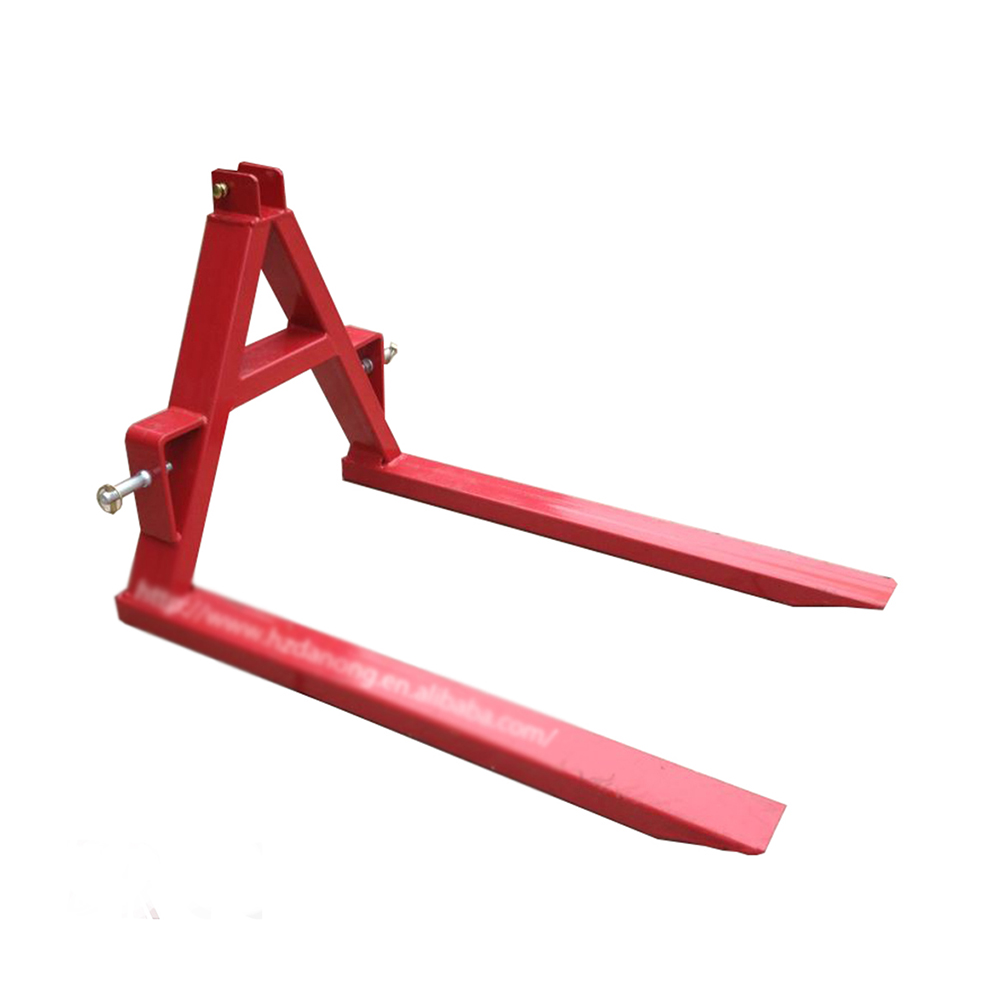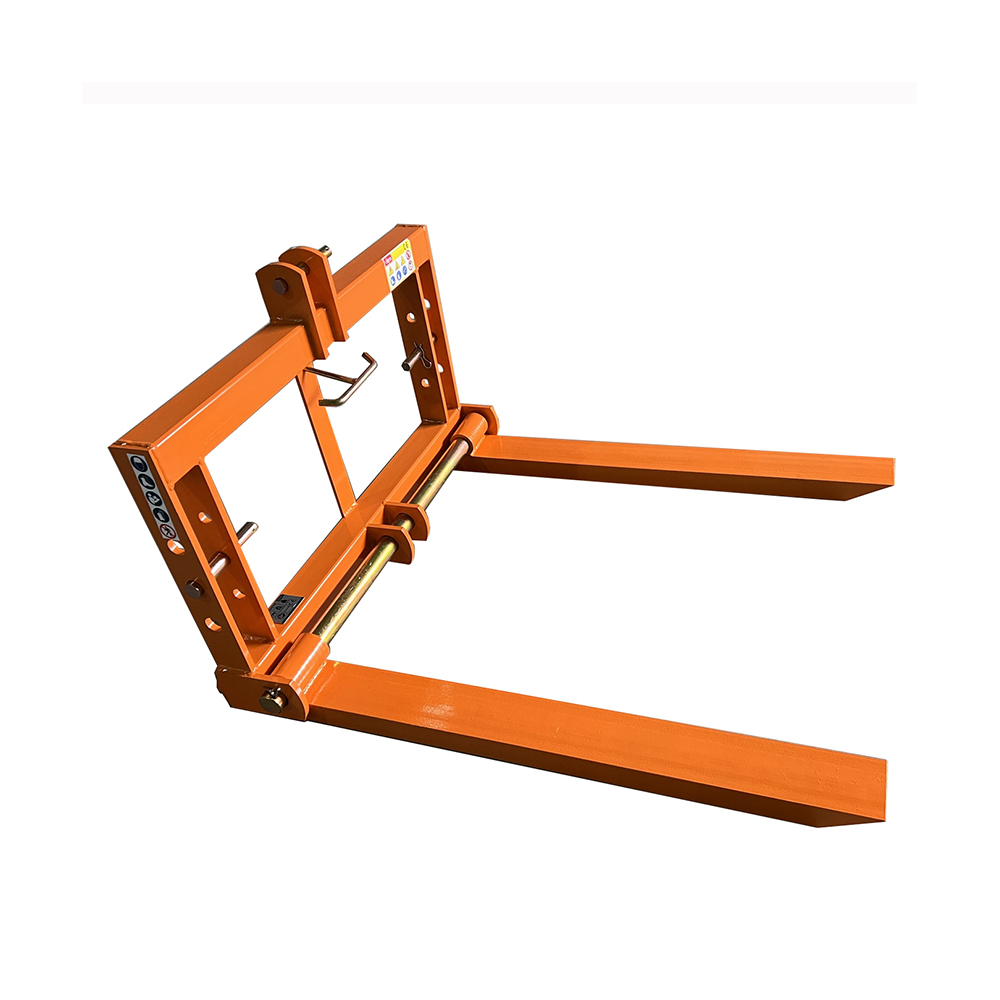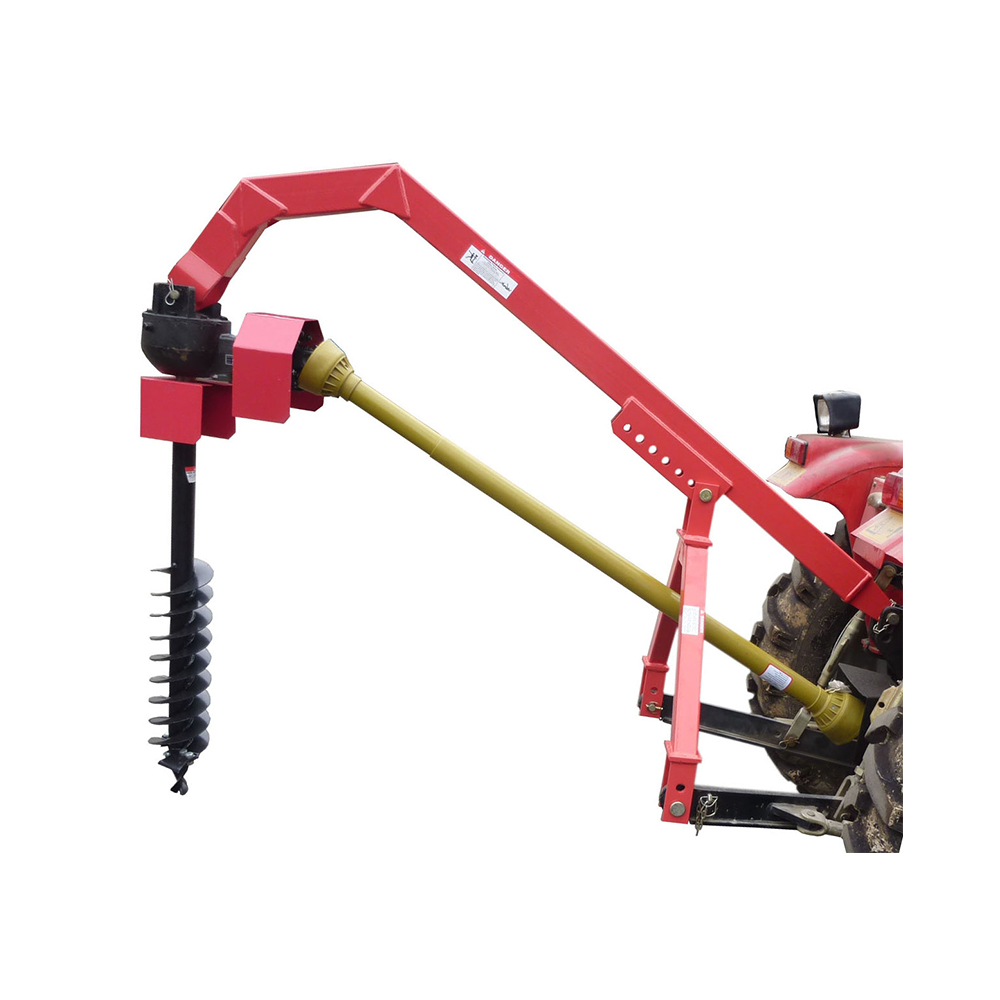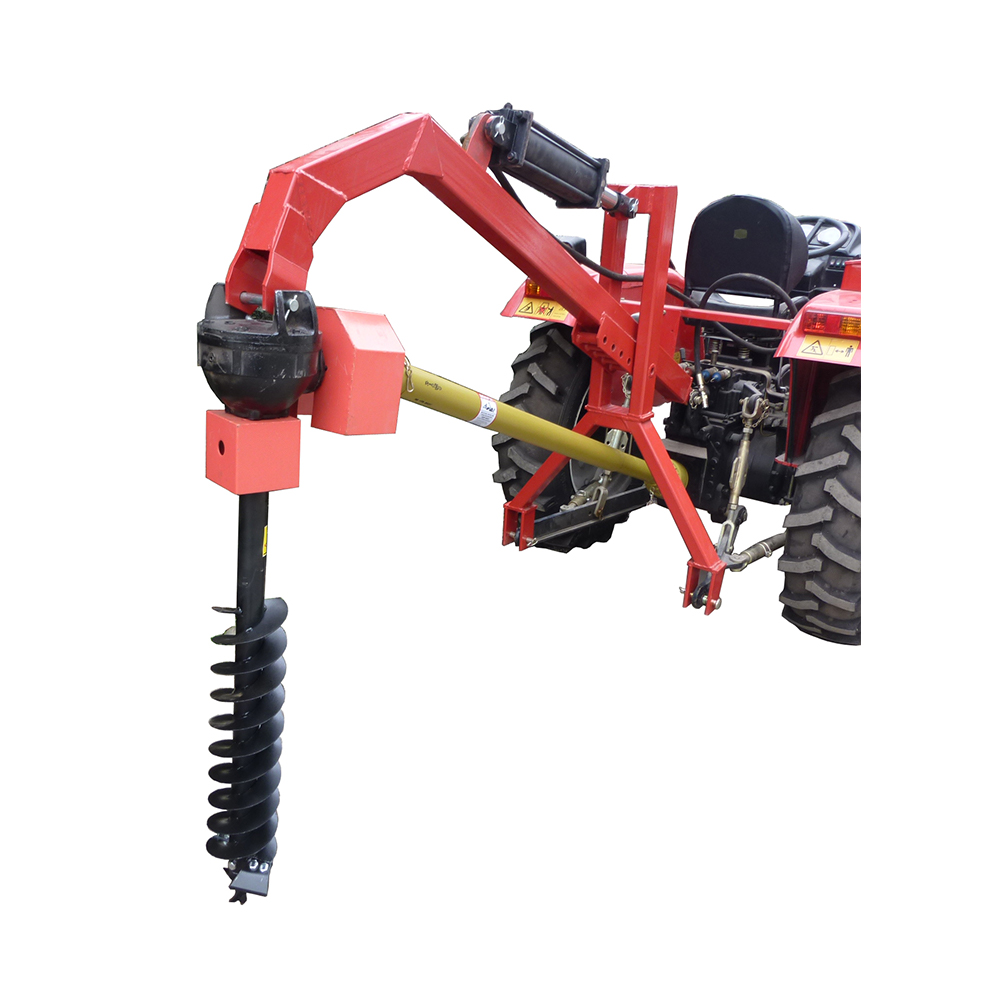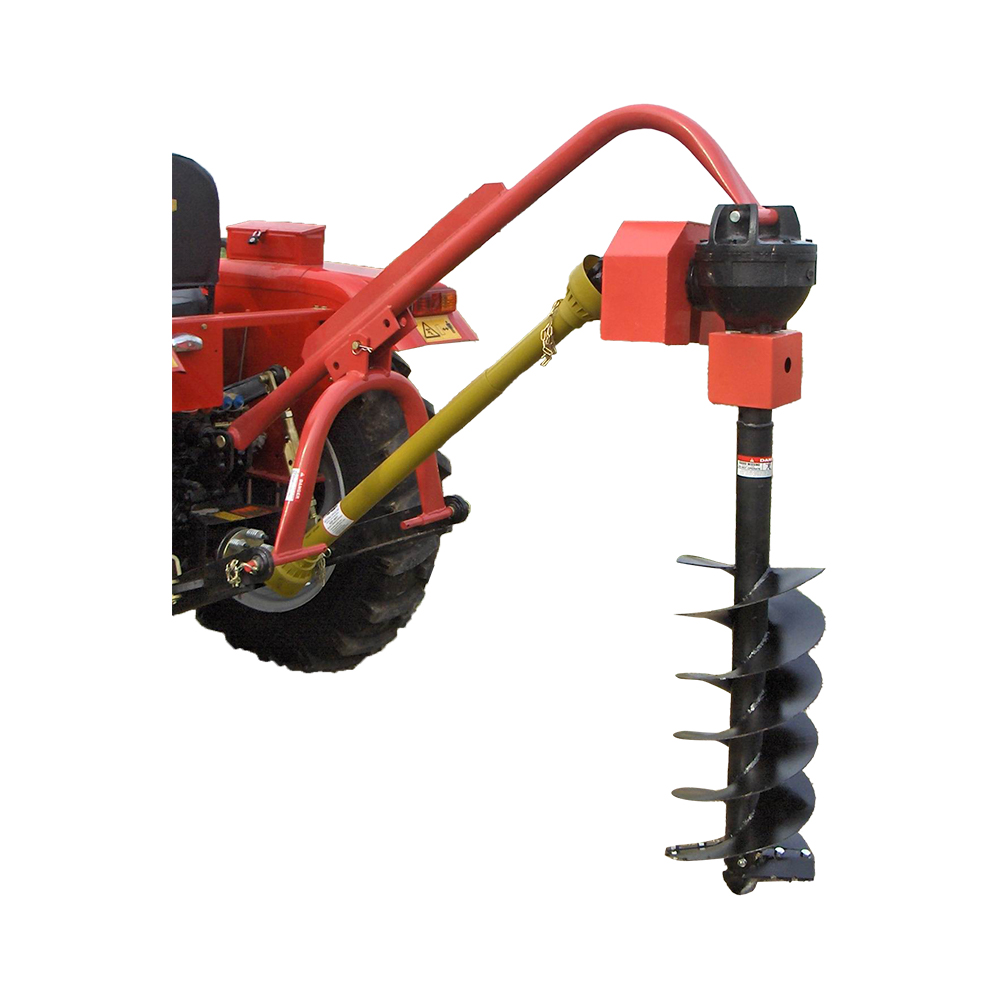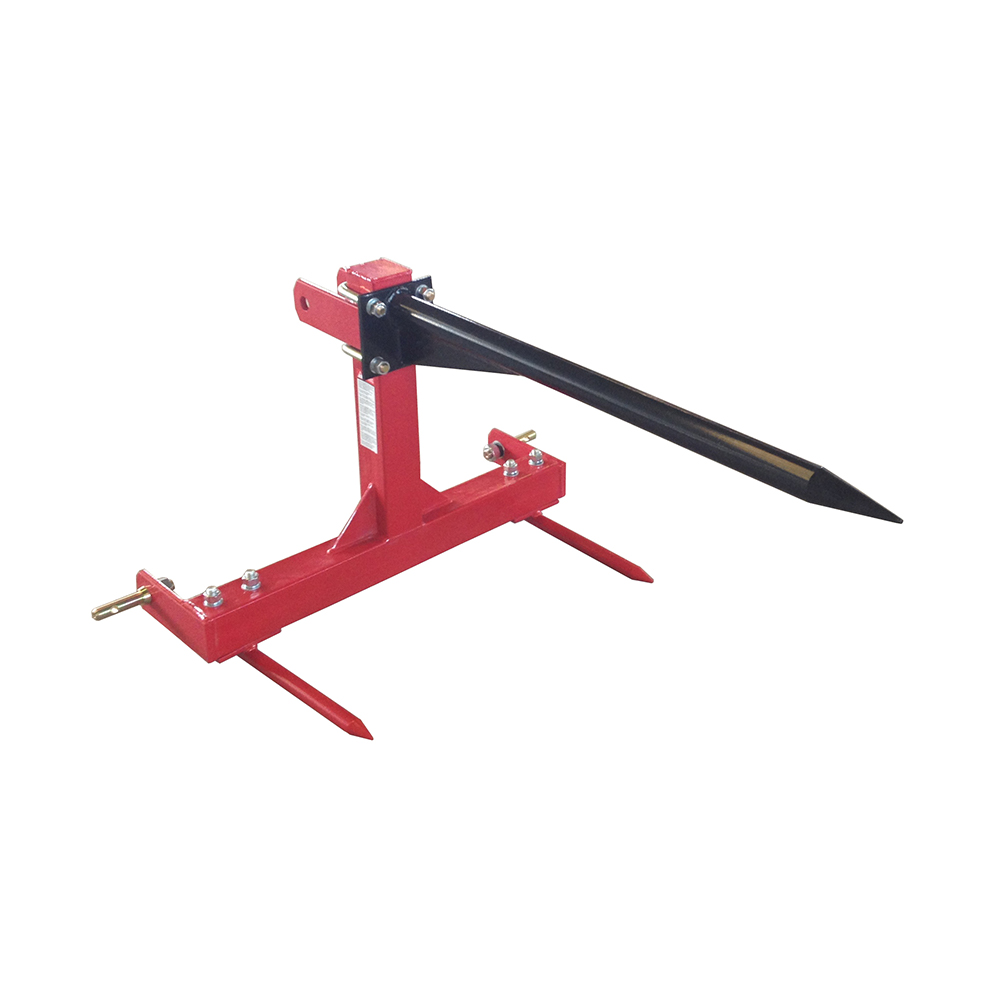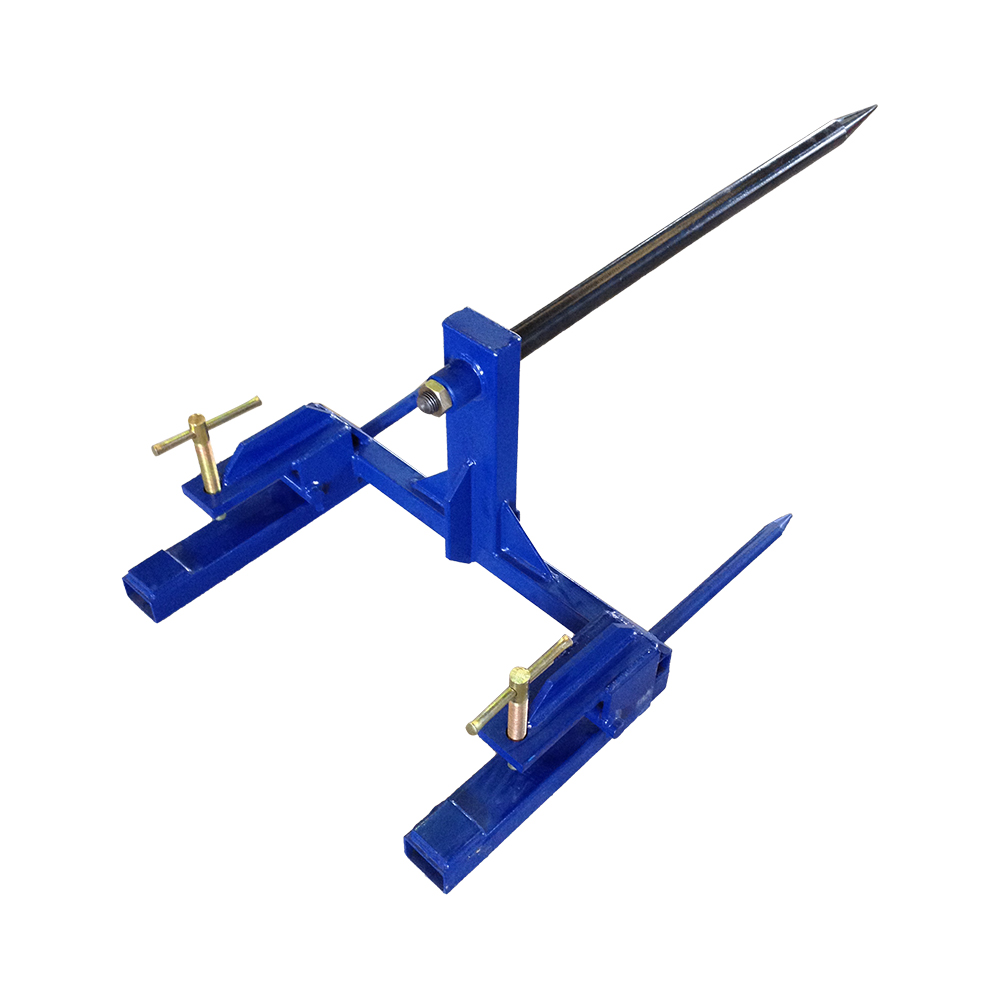Search by posts
Calendar
Product Categories
Industry News
 By Admin
By Admin
Forklift attachment operating environment precautions
Terrain Conditions: Evaluate the terrain where the forklift will be operating. Uneven surfaces, rough terrain, or outdoor environments may pose challenges for forklifts and attachments. In such conditions, operators should exercise caution to maintain stability and control, especially when lifting or transporting heavy loads. Consider using forklift attachments designed for rough terrain, such as all-terrain tires or specialized suspension systems, to improve traction and stability on uneven surfaces.
Obstacles and Hazards: Identify potential obstacles and hazards in the operating area, including debris, equipment, racks, or other vehicles. Clear pathways and remove obstructions to ensure safe maneuverability for the forklift and attachments. Implement safety protocols to minimize the risk of collisions, such as designated traffic lanes, speed limits, and signage to alert operators to potential hazards.
Weather Conditions: Weather conditions can significantly impact forklift operations, particularly in outdoor or exposed environments. Factors such as rain, snow, ice, wind, or extreme temperatures can affect visibility, traction, and equipment performance. Operators should adjust driving techniques and operating procedures accordingly, such as reducing speed, increasing following distances, or using weather-appropriate attachments and accessories to ensure safe operation in adverse weather conditions.
Workspace Layout: Consider the layout and configuration of the workspace, including aisle widths, storage rack heights, and clearance heights. Ensure that forklift attachments are suitable for navigating confined spaces and maneuvering around obstacles without causing damage to structures or merchandise. Implement ergonomic design principles to optimize workflow efficiency and minimize the risk of accidents or injuries related to workspace layout.
Pedestrian Traffic: Take into account pedestrian traffic patterns and interactions with forklift operations. Establish designated pedestrian walkways and crossing points to separate pedestrians from forklift traffic wherever possible. Implement visual indicators, such as floor markings or barriers, to delineate pedestrian zones and alert operators to areas where pedestrian traffic may be present. Train both forklift operators and pedestrians on safety protocols to prevent collisions and ensure mutual awareness in shared workspaces.
Noise and Environmental Factors: Evaluate potential sources of noise and environmental factors that may impact forklift operations, such as ventilation systems, machinery, or hazardous materials. Implement measures to minimize exposure to excessive noise levels or environmental hazards, such as providing hearing protection for operators or using emission controls to reduce air pollution. Ensure that forklift attachments are designed and maintained to comply with relevant environmental regulations and industry standards.
Emergency Access and Egress: Ensure that emergency access and egress routes are clear and accessible in the event of an emergency or evacuation. Maintain clear pathways and exit routes free from obstructions to allow for safe evacuation of personnel and equipment. Implement emergency response procedures and conduct regular drills to ensure that operators are prepared to respond effectively to emergencies, such as fires, spills, or medical incidents, while operating forklifts with attachments.



 Deutsch
Deutsch
